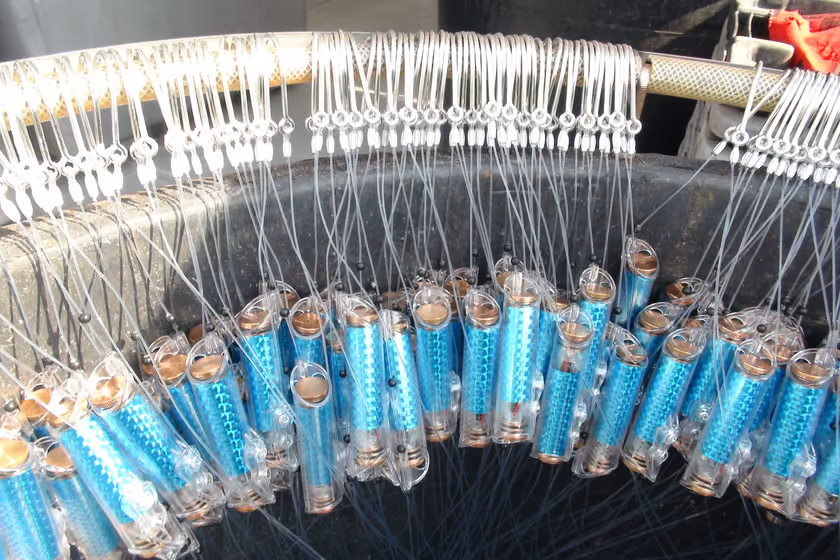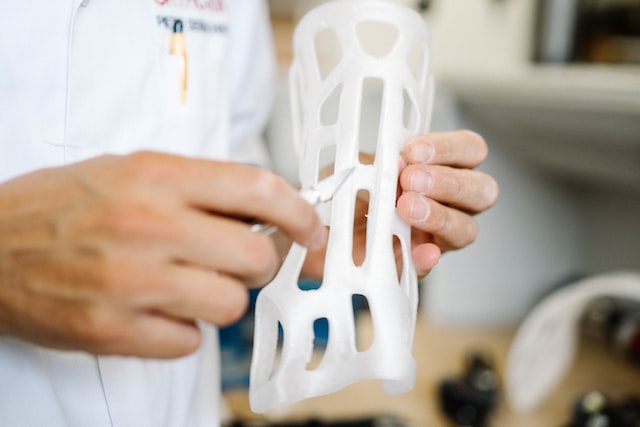Diabetes remains one of the most pressing health issues in our era. However, a potential new diabetes treatment may catch a patient’s eye.
A tiny eye implant may transform diabetes treatment
Researchers from KTH Royal Institute of Technology and Karolinska Institutet in Sweden have created a minuscule implantable device designed for use in the eye. It offers a promising approach for treating diabetes and other conditions that may benefit from cell-based therapies.
This device enables the precise placement of mini-organs like pancreatic islets or islets of Langerhans within the eye, eliminating the need for sutures.
The device houses insulin-producing pancreatic cells and electronic sensors
This innovative diabetes treatment uses the eye as a platform for cell-based therapy in both Type 1 and Type 2 diabetes.
In type 1 diabetes, the immune system attacks insulin-producing cells, disrupting blood sugar regulation and leading to a host of health problems.
A promising therapy involves creating pancreatic cells from a patient’s stem cells, but the immune system rejects the implant. Immunosuppressants counter rejection but weaken the patient’s immune system, making them susceptible to infections and diseases.
To address this, researchers placed the device in the eye, where immune responses are less problematic. This location offers faster insulin delivery to the bloodstream and allows easy monitoring, avoiding the need for immunosuppressants and their associated risks.







